Adger Cowans on the spiritual power of photography
- Text by Miss Rosen
- Photography by Adger Cowans, courtesy of Bruce Silverstein Gallery

Photographer Adger Cowans, who turned 84-years-old earlier this month (September 19), was one of the few African American artists to work commercially during the mid-twentieth century. Before garnering widespread recognition for his experimental style of image-making, Cowans got his start assisting Gordon Parks – a groundbreaking figure in 20th-century photography – at Life magazine in the 1950s.
Cowans first reached out to Parks while he was pursuing a BFA in photography at Ohio State University. “I wrote Gordon a letter, and he wrote me back and told me to look him up when I got to New York,” explains Cowans. “That summer, I went to New York if Miles Davis was at the Vanguard or Thelonious Monk was at the Five Spot. One of those weekends, I called Gordon.”
“Gordon said (to me), ‘Get on the train and come and see me in White Plains.’ I got there and waited and I saw this powder blue Corvette; the top was down, all-white leather seats. I saw a guy smoking a pipe and he said, ‘Adger Cowans? Gordon Parks.’ I said, “I’m going to be a photographer! Oh boy, this is the deal!’”
After graduating, Cowans moved to New York, where he lived and worked with Parks. “I didn’t learn photography from Gordon. He was a mentor in the sense that he taught me to take negative energy and to make it into positive images,” Cowans recalls.

Louis Armstong, Newport Jazz, 1961
“He told me, ‘It’s all energy, you can choose what you do with it,’ and that just opened up a whole world to me, because I had a very short fuse as a young man,” Cowan continues.
“Gordon said, ‘You can take that anger and turn it around and use it to make something beautiful.’ It made me very conscious of feelings, and that became the hallmark of my work. You take pictures with your heart, not with your eyes.”
Cowans brought this approach to every aspect of his work. In 1963, he became a founding member of the Harlem-based Kamoinge Workshop: a collective of African American photographers. The group’s meetings, which involved critiquing each other’s work and curating exhibitions, fostered a sense of community between these artists at a time when they were largely excluded from advancing through white-owned institutions. And thanks to the recent publication of Working Together: Louis Draper and the Kamoinge Workshop (Duke University Press), the original members of Kamoinge are finally receiving proper recognition.
Cowans was also a founding member of AfriCOBRA, an African-American artist collective that started on the South Side of Chicago in 1968. The following year, Cowans became the first Black photographer inducted into the cinematographer’s union, which enabled him to shoot on Hollywood film sets for directors including Francis Ford Coppola, Spike Lee, and Sidney Lumet.
After becoming disenchanted with the commercial side of photography, Cowans directed his focus exclusively to fine art, using nature as his muse to explore the spiritual side of creativity. “It doesn’t matter about the instrument, it matters about who’s behind it. If it doesn’t have emotion, then you haven’t done anything, you’ve just taken another picture,” says Cowan. “It can be composed nice but it either touches you in your heart or it doesn’t.”

Footsteps, Harlem, 1961

Icarus, 1970

Gloria Lynne, Newport Jazz, 1961

Three Shadows, 1968

Subway Reflection, 1961


Malcolm X Speaks, 1963
Adger Cowans will be speaking with Dr. Erina Duganne, Associate Professor, Art History, Texas State University on October 8 at 5:30pm as part of the Virtual Symposium – The Kamoinge Workshop: Collaboration, Community and Photography.
The event is free; Zoom registration is required.
Follow Miss Rosen on Twitter.
Enjoyed this article? Like Huck on Facebook or follow us on Twitter.
Latest on Huck
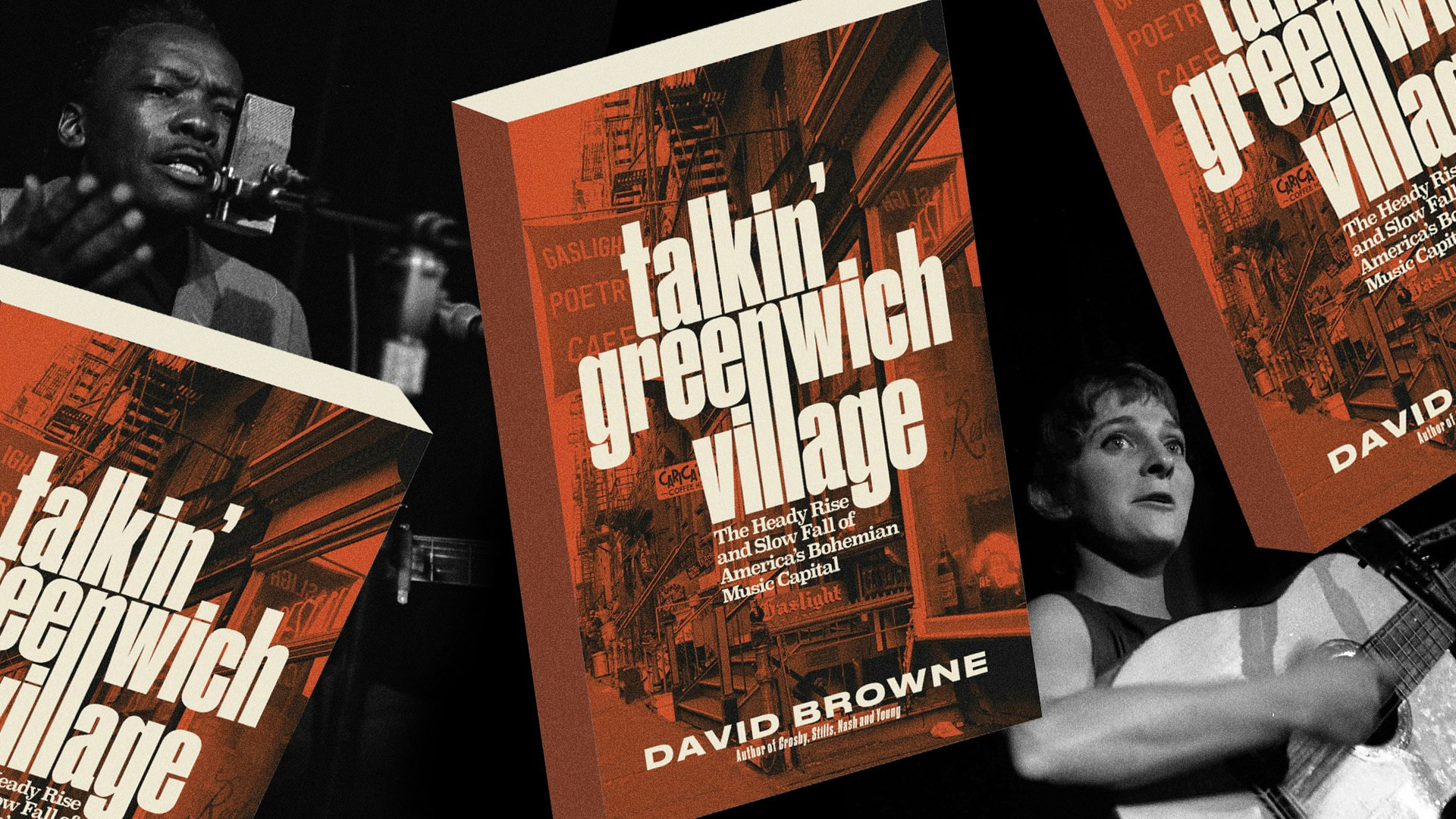
In the ’60s and ’70s, Greenwich Village was the musical heart of New York
Talkin’ Greenwich Village — Author David Browne’s new book takes readers into the neighbourhood’s creative heyday, where a generation of artists and poets including Bob Dylan, Billie Holliday and Dave Van Ronk cut their teeth.
Written by: Cyna Mirzai
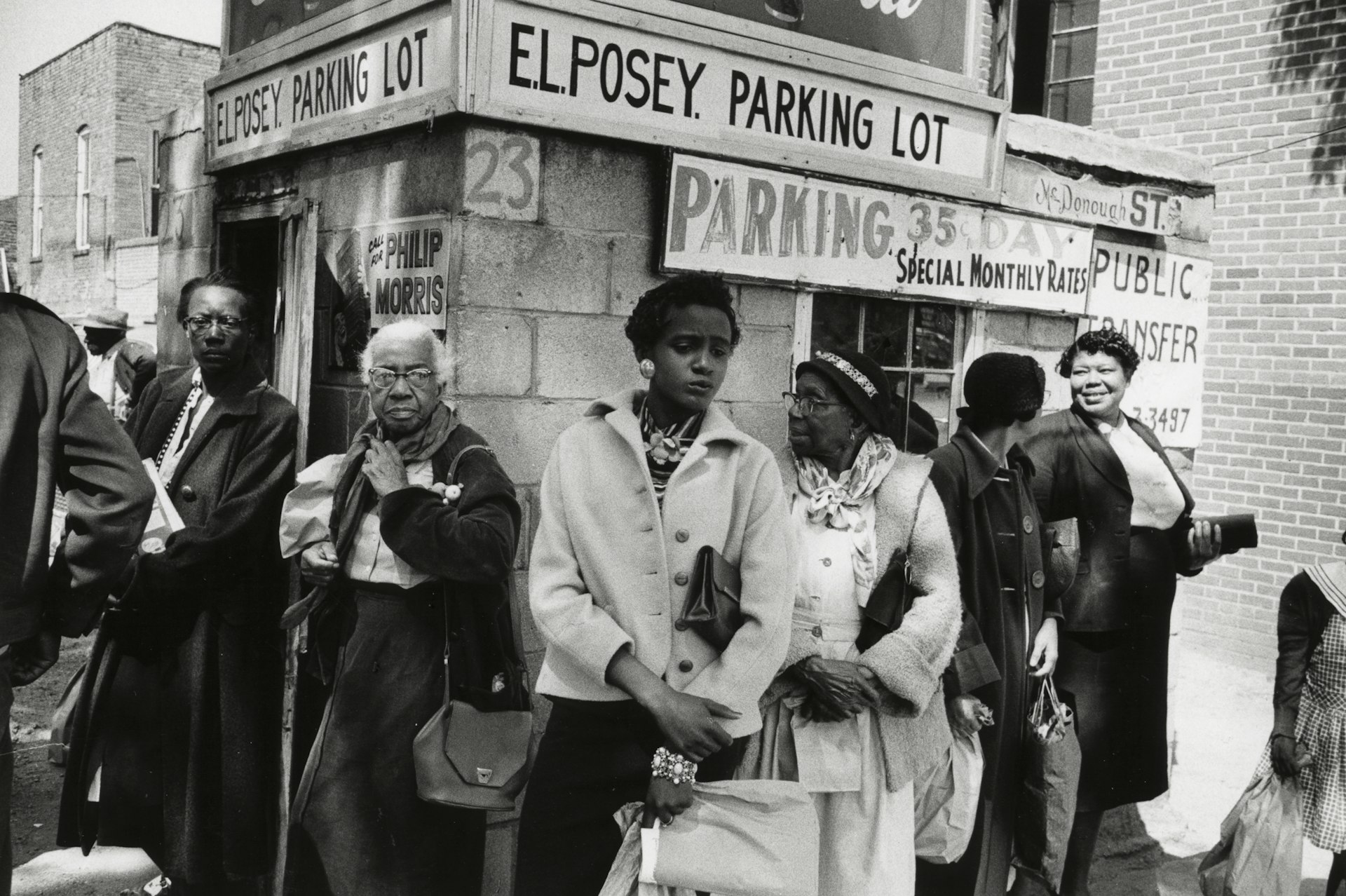
How Labour Activism changed the landscape of post-war USA
American Job — A new exhibition revisits over 70 years of working class solidarity and struggle, its radical legacy, and the central role of photography throughout.
Written by: Miss Rosen
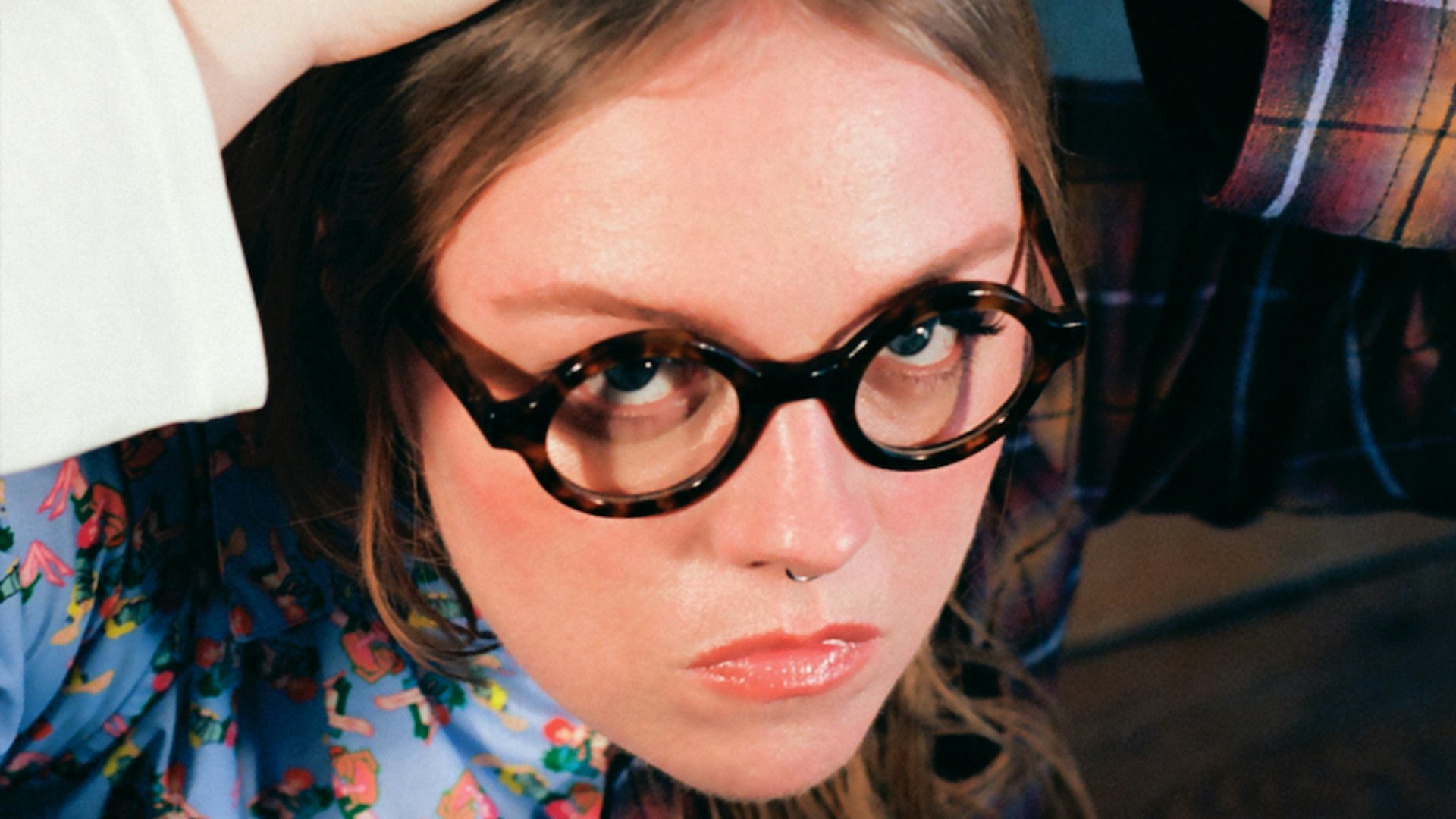
Analogue Appreciation: Emma-Jean Thackray
Weirdo — In an ever more digital, online world, we ask our favourite artists about their most cherished pieces of physical culture. Today, multi-instrumentalist and Brownswood affiliate Emma-Jean Thackray.
Written by: Emma-Jean Thackray
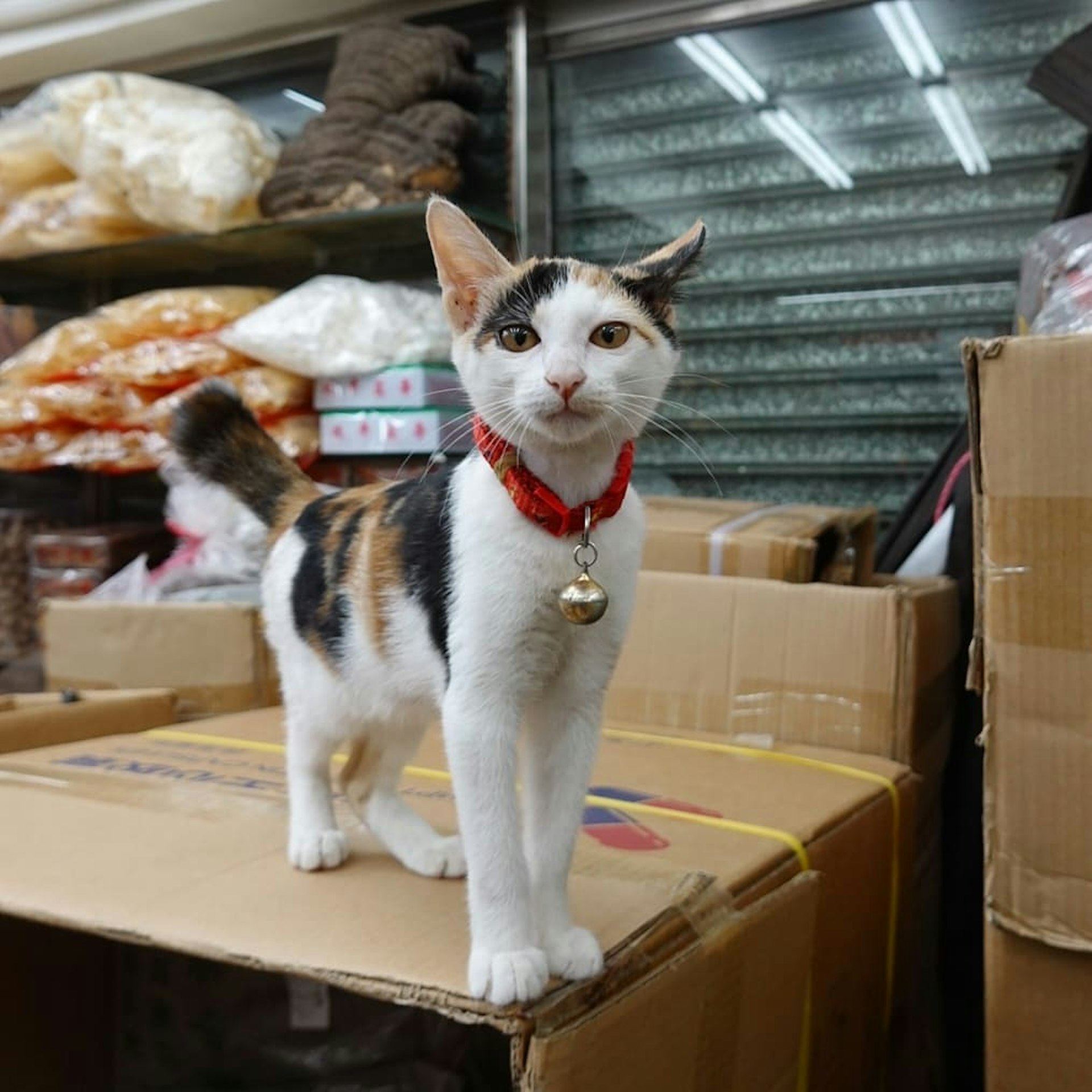
Meet the shop cats of Hong Kong’s Sheung Wan district
Feline good — Traditionally adopted to keep away rats from expensive produce, the feline guardians have become part of the central neighbourhood’s fabric. Erica’s online series captures the local celebrities.
Written by: Isaac Muk
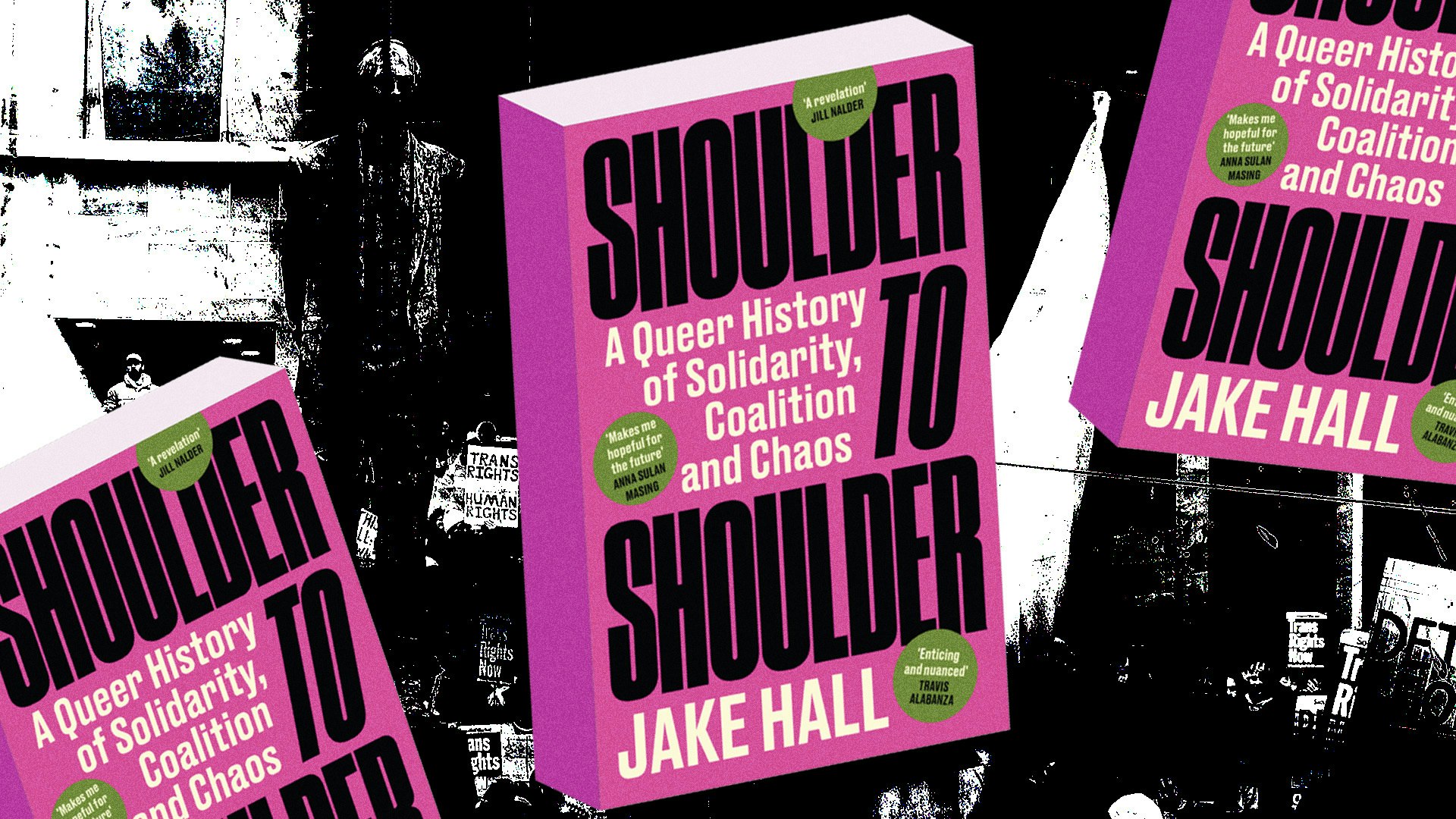
How trans rights activism and sex workers’ solidarity emerged in the ’70s and ’80s
Shoulder to Shoulder — In this extract from writer Jake Hall’s new book, which deep dives into the history of queer activism and coalition, they explore how anti-TERF and anti-SWERF campaigning developed from the same cloth.
Written by: Jake Hall

A behind the scenes look at the atomic wedgie community
Stretched out — Benjamin Fredrickson’s new project and photobook ‘Wedgies’ queers a time-old bullying act by exploring its erotic, extreme potential.
Written by: Isaac Muk